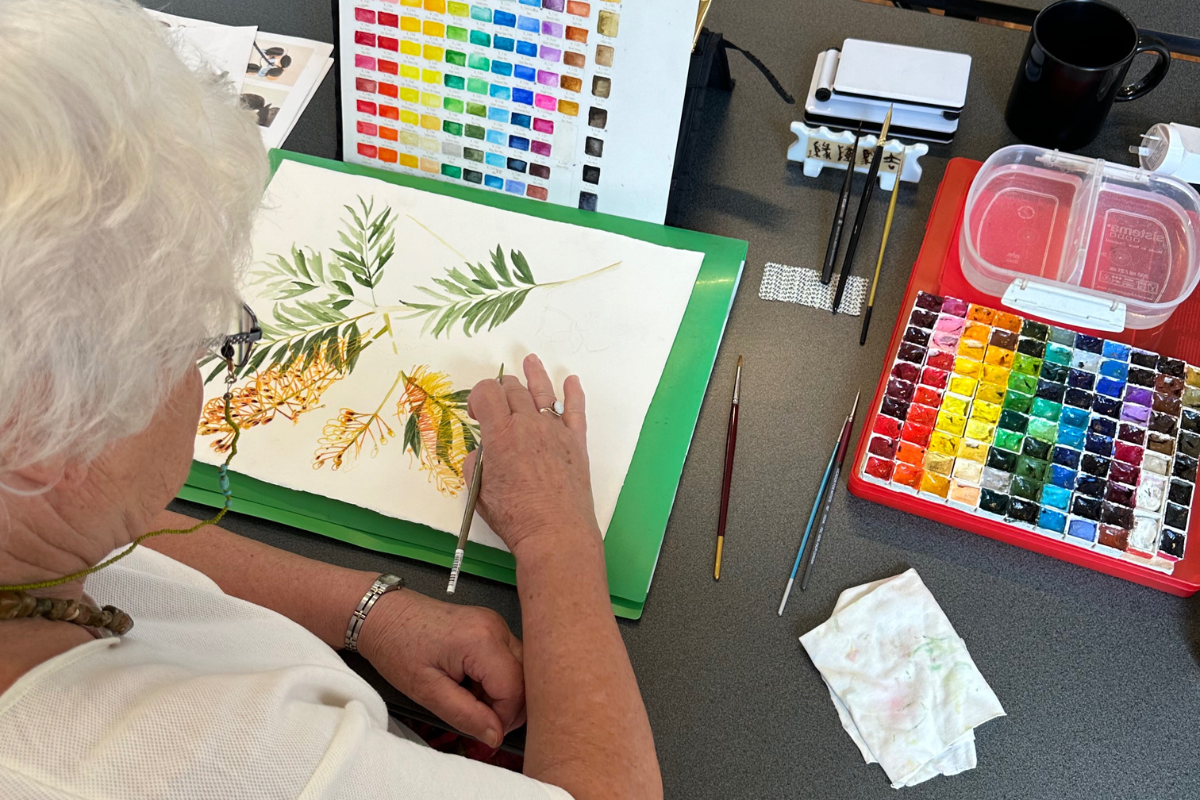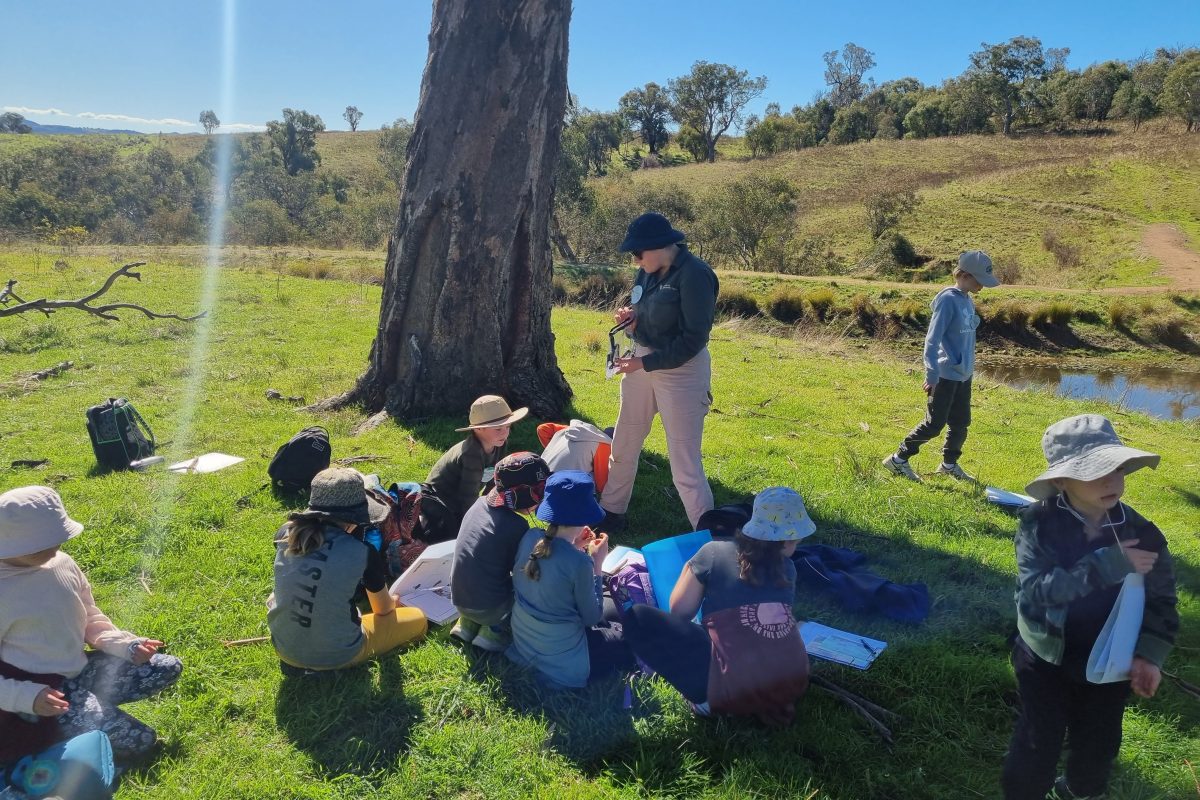So – what is a Smart Community and how do we build one?
A smart community is one that puts connectivity at its centre – connectivity of its people and data. A smart community is one that is enhanced with technology – allowing it to become a platform for not only the collection of real-time data but the sharing and analysis of this data for the benefit of the community. By collecting data about the way that people move and interact with their community we are able to build better, more efficient places. To build a smart community, we need to be adaptable. Technology changes so rapidly, so we have to provide a backbone throughout each suburb that lets us plug-and-play different sensors and measurement technologies as they are invented.
You mentioned in your Smart Cities presentation that “Rapid technology change will be the key disrupter to the property industry over the next 20 years”. Can you explain this a little more?
When we build roads, houses and other buildings, we build them knowing that they will be there for a very long time – often 20-50 years. They are static things – no moving and not very flexible. Technology on the other hand is ever changing. Think about how mobile phones have changed over the past 20 years. Mobile phones have meant that we don’t need landlines in our houses anymore. We have the internet in our pocket and they collect data on everything that we do. New communities and buildings today will need to be able to adapt to a multitude of new technologies over their lifetimes.
Probably the most significant technology advancement in the near future, that will change the property sector, is the automated vehicle. Automated vehicles (or driverless cars and buses) will change house designs, road networks, suburb layout and community attitudes to commuting. Imagine how different a new suburb would look if each house no longer needed a garage! You could call up a vehicle that was parked at a multistorey carpark at the end of the street when you’re ready to go to work, or even better, jump on the driverless bus! The automated vehicles could all be stored in one location and used as a big battery bank over night, powering all of the homes in the neighbourhood. You could check your work emails and read the newspaper on your way to work where your route has been cleverly planned to avoid any congestion or delay while picking up a number of other commuters on the way to maximise efficiency.
Are we likely to see automated vehicles at Ginninderry in the near future?
Perhaps not the near future, but certainly within the 40-year timeframe we’ll be delivering Ginninderry in. There are some exciting new trials of driverless busses happening in Australia at the moment and I even got to ride in one in Garema Palce last week! So, it might happen sooner than we think.
What we need to focus on now is how our suburbs can be designed to facilitate automated vehicles. Do our road networks need to be redesigned? Are there new power or communications technologies required to allow these vehicles to run smoothly and safely?
What are some other smart technologies that could be used at Ginninderry?
Ginninderry will already be home to some new innovative technologies such as the Reposit Energy Management Systems. These systems have been mandated throughout each home and can help to manage you electricity usage. They connect to you solar panels, your battery storage, and can even control when your hot water system heats water to save you money. As we progress through Ginninderry, we want to learn, test and deliver best practise thinking through time. We can only do that by gathering and analysing data about how we’ve designed our suburbs. We are exploring a number of apps and technologies that will be allow our residents to connect with each other and find out about various things happening in Ginninderry.
Streetlights today are already able do so much more than lighting roadways. A single light pole can now include USB chargers, Wi-Fi nodes, loud speakers, CCTV, panic buttons, directional signage, and electric vehicle charging points to name only a few possibilities. This means that signs and metres which would usually each have their own pole can be ‘stacked’ on top of each other and streets can become less cluttered. What exactly is put into the streetlights in 2017 doesn’t matter, what matters is that they can be used as a backbone throughout the suburb and as new technologies emerge the can be attached and old ones can be removed if they are no longer needed or outdated.
Thanks Jess for the great insights into what the future might hold for our communities.



